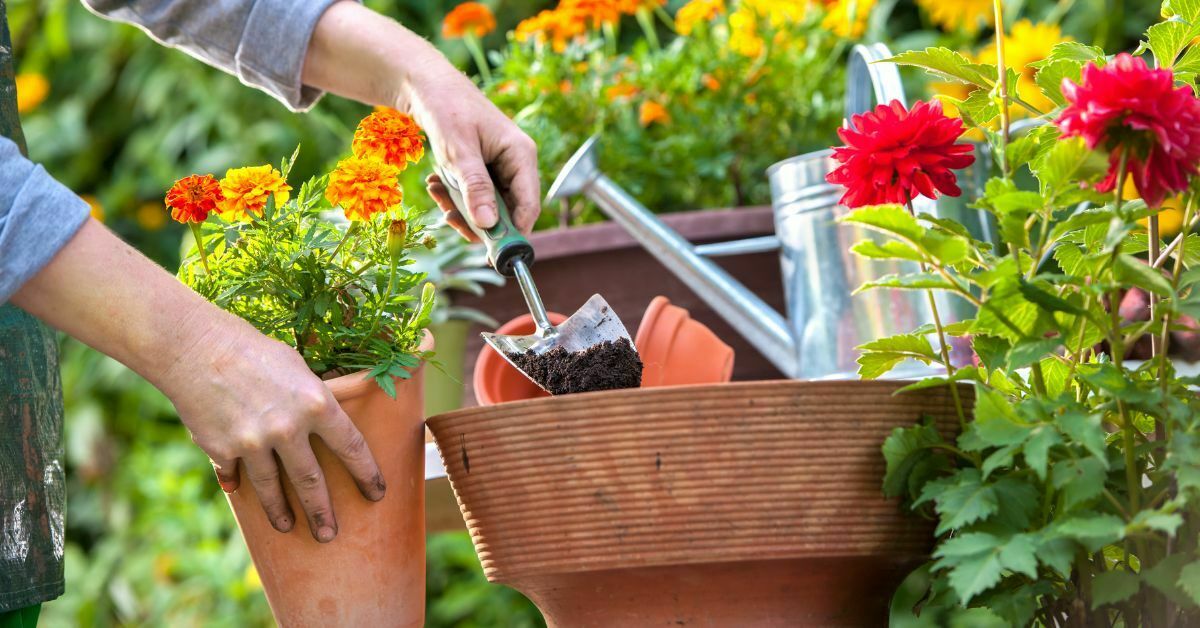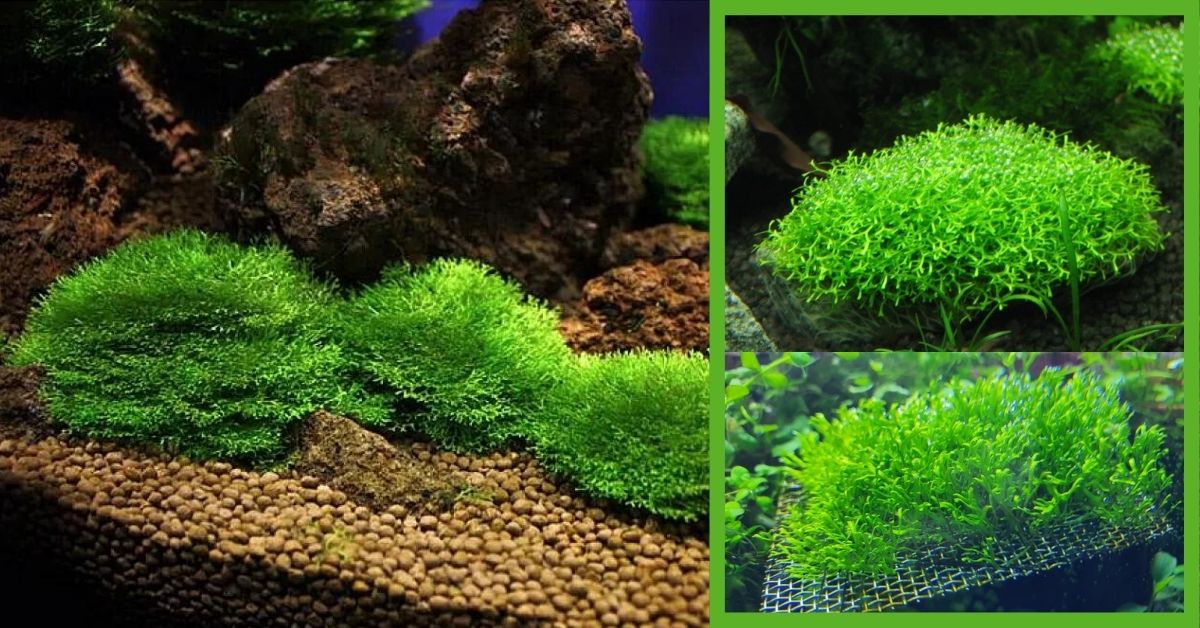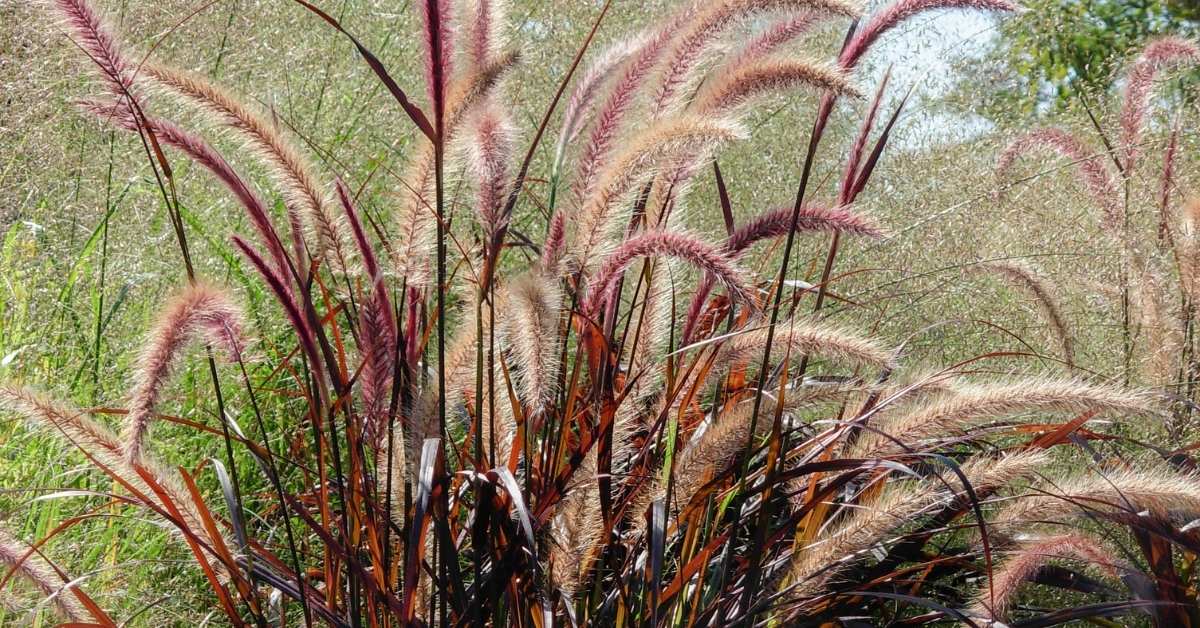Wondering to know what to plant in July? Maybe you think it’s already too late to start at this time. But no. Here are the top 31 plants to grow in July. (Including flowers and vegetables)
You might think it’s time to put away your planting trowel and gardening gloves now that the warmest days of the growing season have arrived. Not at all! In July, you can grow a variety of foods and ornamentals to get a second harvest or refresh fading flower beds, containers, and planter boxes.
Vegetables and flowers to grow in July
Many edibles may be started from seed right now if you have enough time before the first frost. Find the first forecast frost date in your region by contacting your local university cooperative extension office (find yours here), then count backward.
For example, if your first frost occurs around October 15 and the seed packaging states that the plant will mature in 60 days, you’re still in a fine position! It’s a fantastic time to go to the nursery and pick up a few new flowers to freshen flower beds that aren’t at their best. Keep everything hydrated, even though it goes without saying if you have a dry spell!
In July, you may usually grow the following 20 plants:
1. Black-Eyed Susans (Rudbeckia)
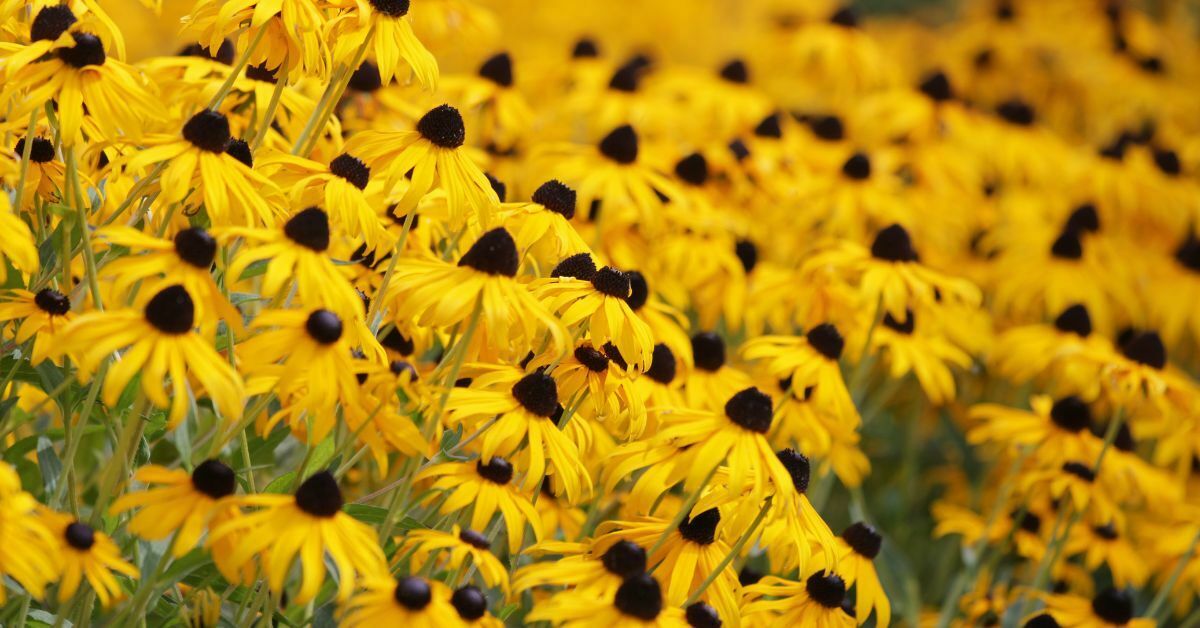
Rudbeckia is a common North American perennial wildflower. Rudbeckia, sometimes known as black-eyed Susans, are incredibly hardy perennials that are ideal for planting in July. This month, the plant center is likely to have some alternatives that are looking for a new home.
Black-eyed Susans are excellent at attracting pollinators like bees and butterflies, and they bloom from May to October.
Not only will these blossoms provide a splash of summertime yellow and orange to your fall mums and ornamental peppers, but they’ll also blend in well.
The only concern you’ll have with these plants is their tendency to grow and take over your garden over time. To avoid them from strangling out your other plants, you’ll need to divide them every few years or so, just like irises, dahlias, and daylilies.
Rudbeckia is harmful to both dogs and cats, so keep that in mind.
2. Pumpkin

Pumpkin seeds may be planted as late as mid-July in warmer climes and will be ready to harvest by the fall. Pumpkins require warm soil, ample light, and plenty of room to grow. Set up a large area in the sunniest portion of your garden for these rambunctious plants to flourish. It’s critical to maintain the vines cut short so that the plant can concentrate on fruit production.
3. Limonium platyphyllum

Isn’t it time for this plant to make a comeback in the garden? Why individuals don’t grow more frequently perplexes me. For those of us who suffer from dry climates and exposed places, Limonium is an excellent choice.
Many years ago, when I first saw sea lavender as a cut flower, I noticed its potential to pair with a variety of other garden plants. Throughout July, I plant it alongside roses at the front of the border, where its purple, firework-like blossoms cover the roses’ naked roots.
As the blossoms fade, an elegant seedhead emerges, which does not require hasty tidying. Height 50cm-1m. Asia, Southeast, and Central Europe are the origins. Free-draining, chalk-tolerant soil in full sun or light shade. USDA 3a-9b, RHS H7 hardiness. The months of July and August are the most popular.
4. Achillea

Achillea is one of the flowers to grow in July. It’s sometimes known as yarrow, which are hardy, herbaceous perennials that produce beautiful, flat flower heads that attract a variety of helpful insects. The feathery foliage is also especially appealing.
5. Alstroemeria ‘Pandora’

This is a fantastic addition to a cutting garden or border since it was originally produced for the Dutch cut flower trade. I enjoy the deep purple blossoms, which can be used with a variety of colors throughout July and the summer, providing a seductive contrast to other plants.
Alstroemerias are extremely prolific bloomers. Pull the stems rather than cutting them to encourage quick regeneration. Alstroemerias bloom from early summer until the first frosts, but they’ll need a little help from a bark mulch in their first season.
This cultivar is really worth checking out; I’ve cultivated it for years and am quite pleased with it. Height 1m. Origin origins in the garden (species from South America). Conditions Sun; organically rich, well-draining soil USDA 5a-9b, RHS H4 hardiness. Season of fascination Until the first frosts, it’s early summer.
6. Beans

It’s never too late to plant a second crop of beans or even a first crop if you’ve recently made room in your garden. Seeds germinate fast because they enjoy warm temperatures. Bush and pole beans, which need a trellis or net to climb, are prolific, so the more you harvest, the more you’ll receive.
Mascotte (bush) and Seychelles are some options to try (pole)
7. Bush Beans
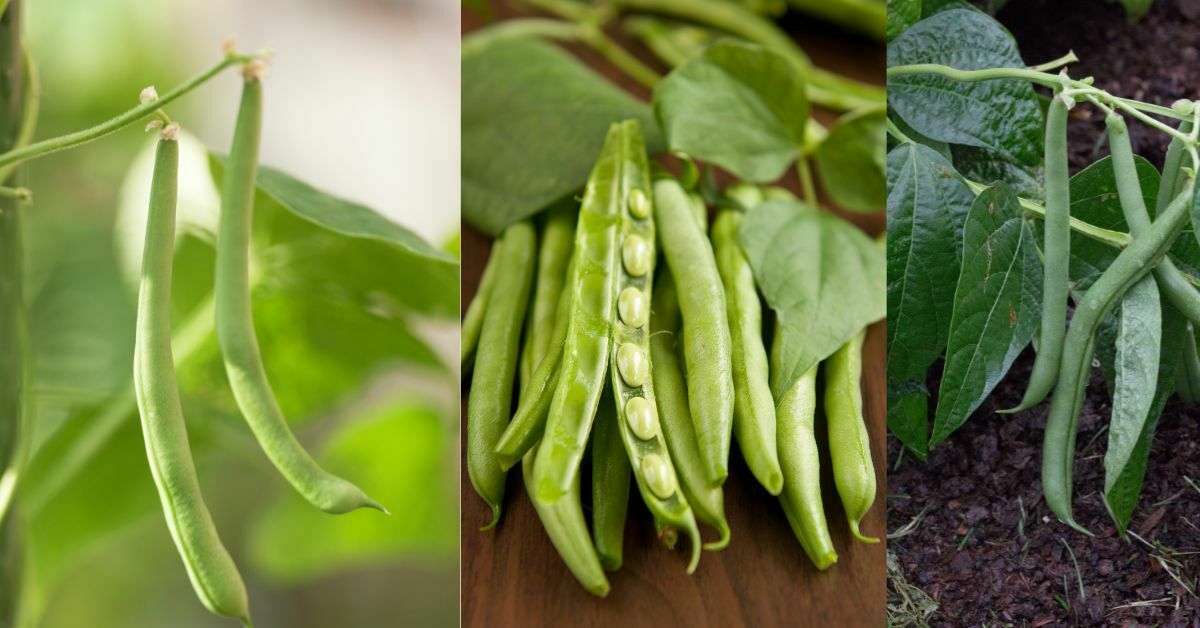
While pole beans yield more beans over time, bush beans grow faster, providing for a final harvest in the fall. Bush beans grow around 45 days, so if you plant them in late July, they’ll be ready to pick just before the first frost. Before planting your beans, make sure to properly moisten the soil to cool it down from the summer heat and speed up germination.
8. Echinacea ‘Aloha’
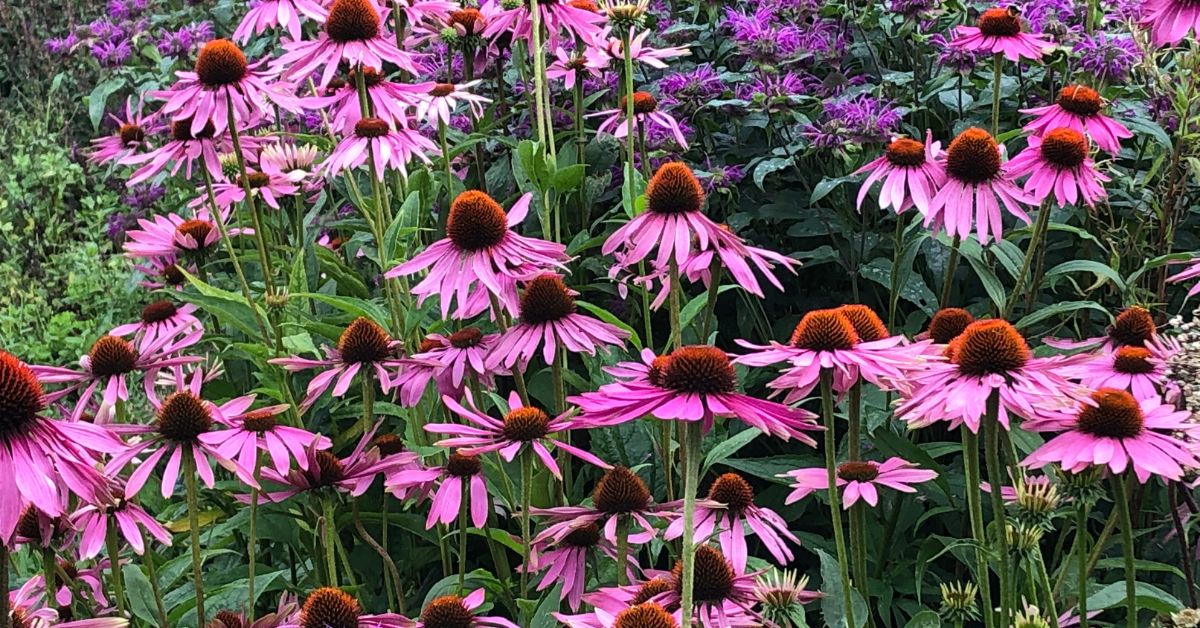
I’ll be the first to say that when I heard that the RHS was testing new Echinacea cultivars, I was skeptical. I’d always considered colored varieties as novelty plants that lacked perenniality. I was completely mistaken. This one is also one of the awesome flowers to grow in July.
Many have not only survived but thrived at RHS Wisley five years after the experiment began, putting to rest my reservations regarding their garden appropriateness. This one is particularly appealing, with buttermilk flowers that bloom in July and August and then fade to reveal a classic conehead for further interest.
Combine with purple sedums and bronze glasses for a unique look. Height 20″-40″. Origin origins in the garden (species from Eastern and Central North America). Conditions The best results are achieved when the soil is suitably deep, and the sun is shining. RHS H5, USDA 3a-8b hardiness The months of June through August are the most interesting.
9. Rudbeckias
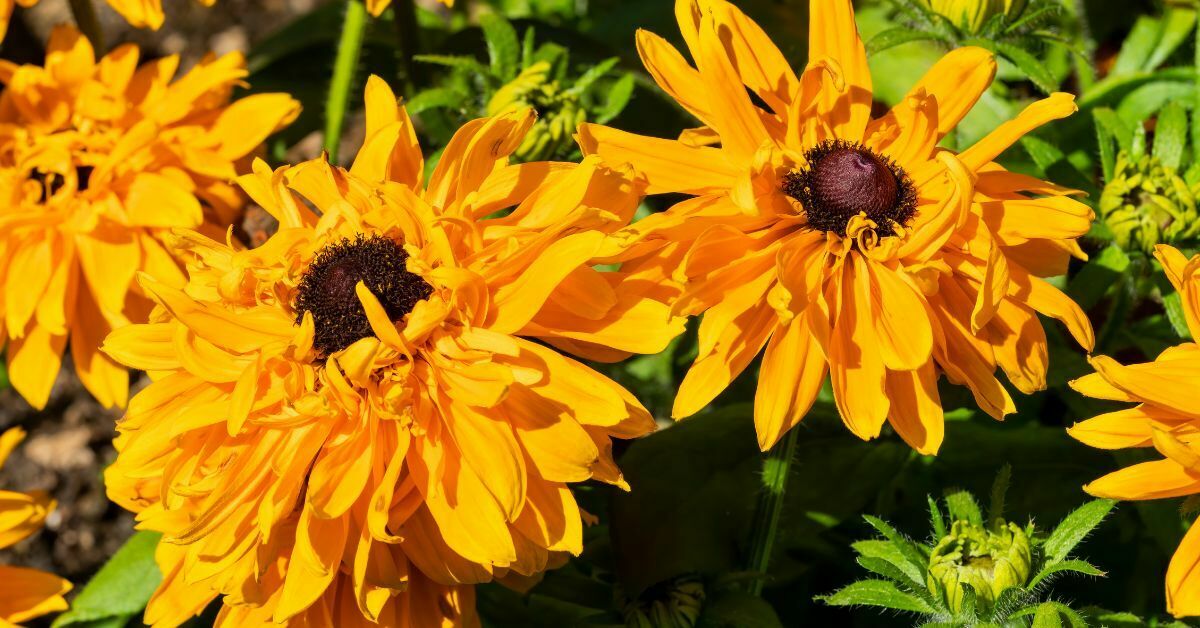
Rudbeckias are also one of the July plants. It is like other plants in the daisy family, attracting pollinators and give a splash of color from midsummer through fall. This is a simple cut flower to cultivate from seed.
10. Basil and Kale
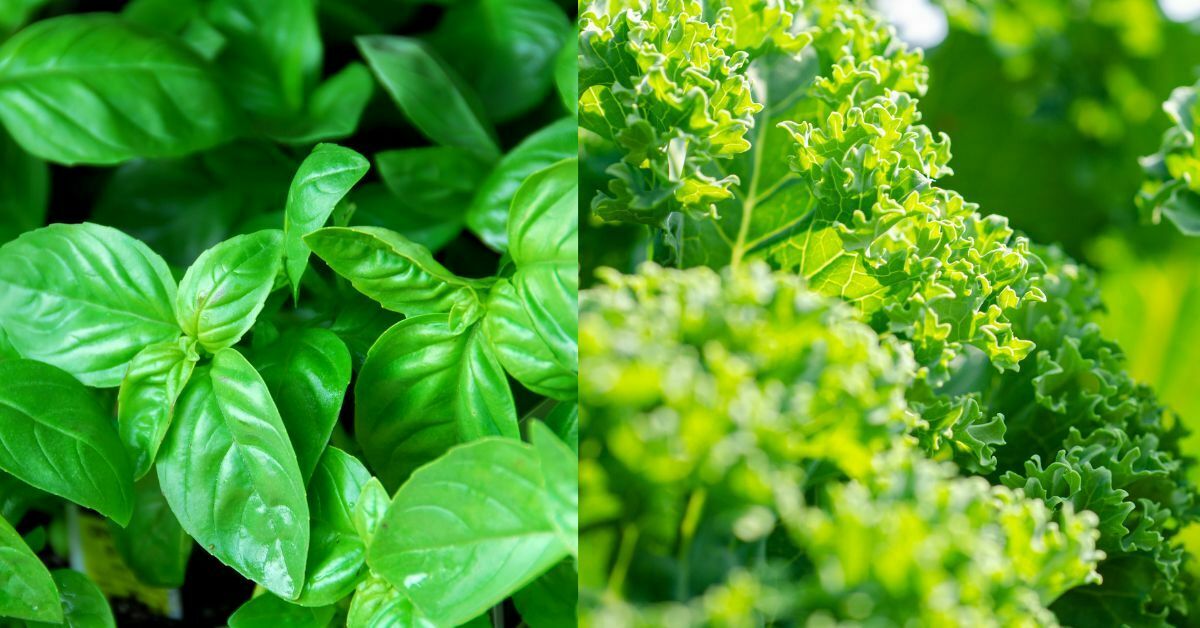
Both basil and kale are hardy enough to plant in July. Gardeners I know have had luck growing both plants and seeds, so it’s probably worth a go. Any garden shop should still have seeds if you’re looking for them. If you want to acquire mature plants, you’ll have to dig around a little, but they’re most certainly still available.
Both basil and kale grow nicely in both container gardens and the ground.
They make excellent companion plants, regardless of when or where you grow them. Because each plant is small, they might be a good replacement for any annuals that didn’t make it through the first few weeks of summer.
Both of these plants are edible, but they’re also attractive enough to cultivate only for aesthetic purposes (in case of cooking isn’t your strong suit).
11. Marigold
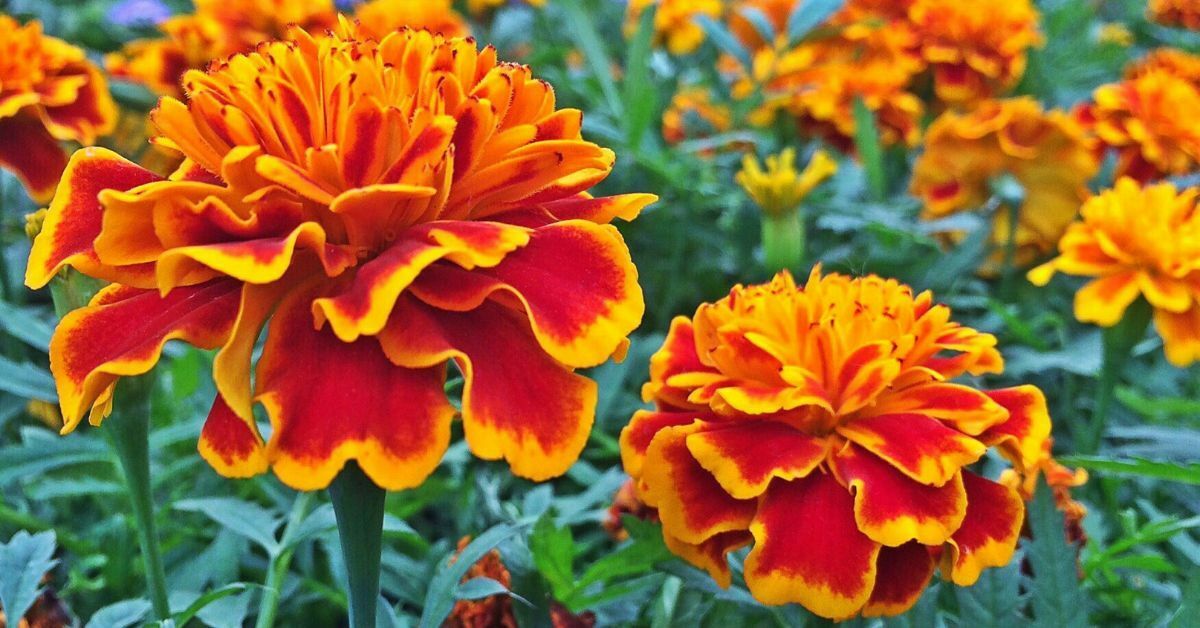
Another great alternative for July plants. These tough-as-nails annuals keep blooming until the first harsh frost. Marigolds come in a variety of brilliant colors, including yellow, gold, orange, and even creamy white, and they look great in any garden setting, adding a splash of color to pots or beds.
Varieties to try include: Queen Sophia, Big Duck Yellow
12. Helianthus annuus ‘Ms. Mars’

During the summer of 2021, I experimented with over 100 different types of sunflowers and fell in love with dwarf varieties. These provided stems that were long enough to cut yet didn’t need to be staked. ‘Ms. Mars’ stood out from the rest of the audience.
On knee-high bushes, its distinctive pink and claret-colored blooms bloom freely. Sunflowers, like other sunflowers, give our gardens a much-needed burst of color when the heat of July and August has depleted the vibrancy of our displays. Height 20”-40”.
The origins of the beginnings (species from the USA and Central America).
- Conditions Full light;
- moist but well-drained soil RHS H4 hardiness,
- USDA 2a-11.
- July through September is the peak season.
13. Cleome
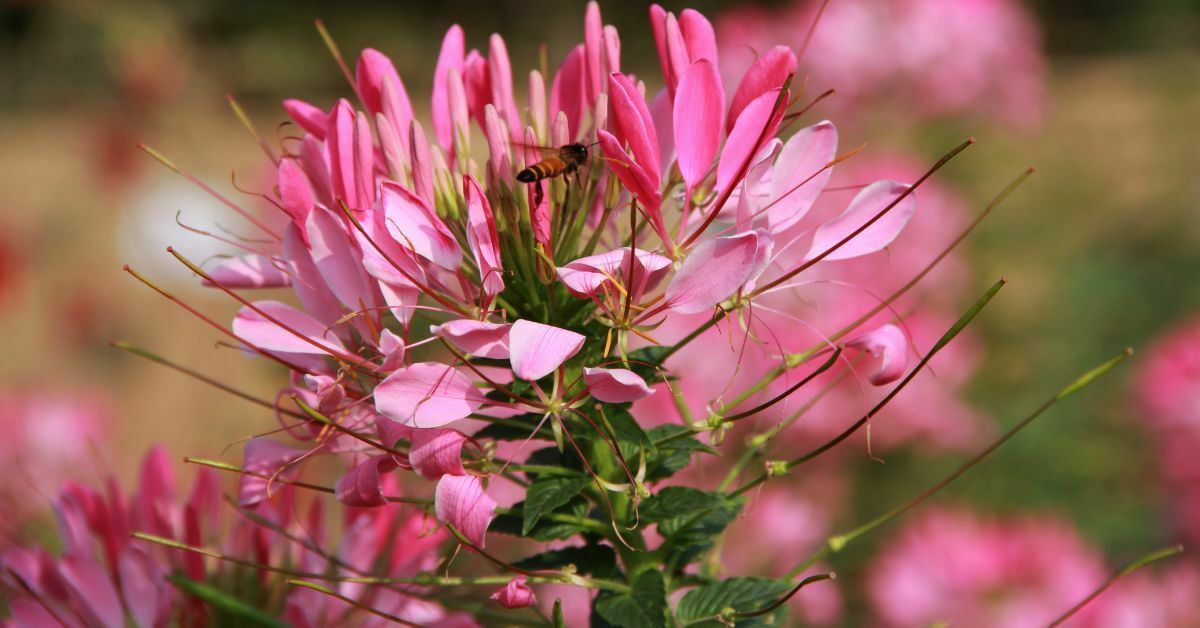
Don’t be fooled by cleome’s seedlings’ lanky, weed-like look. Gardeners typically resort to this easy-to-grow flower to give a vibrant focal point to their meadows or garden borders once these delicate, fuchsia petals bloom. Cleomes thrive in hot climates and direct sunlight, which makes them ideal for gardens in the southern United States.
14. Hardy geraniums
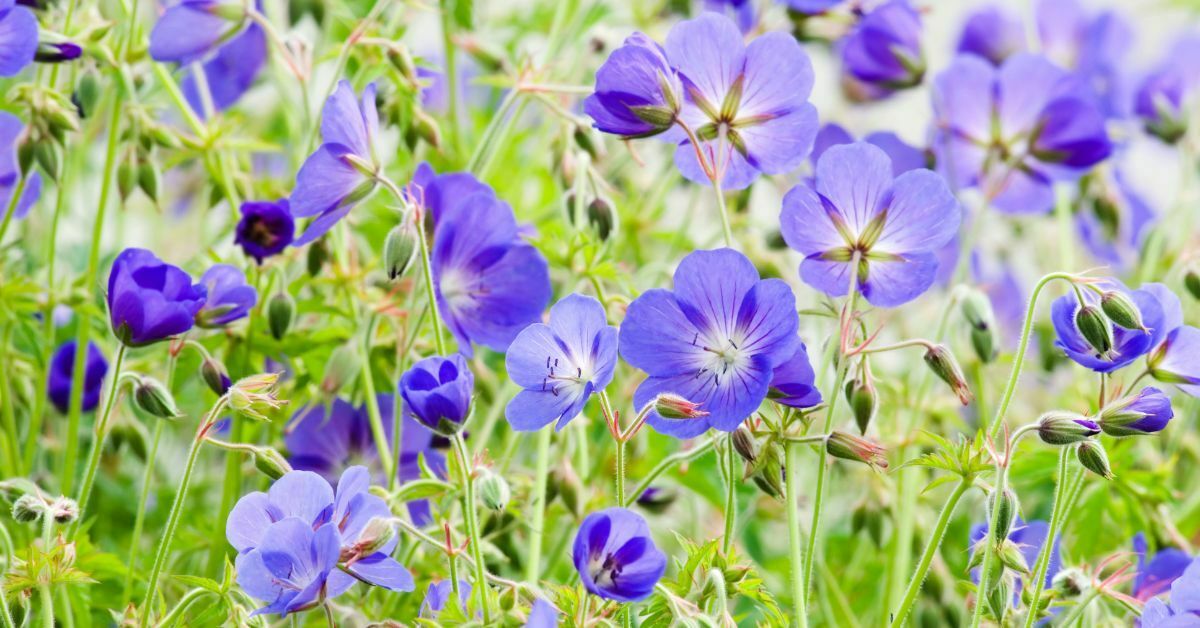
Plants like ‘Russell Prichard and ‘Ann Folkard’ are hardy geraniums that thrive in the shade. Once the flowers have gone, cut the plant back to the ground to encourage a second flush of blooms and foliage.
15. Nepeta Grandiflora ‘Dawn To Dusk’
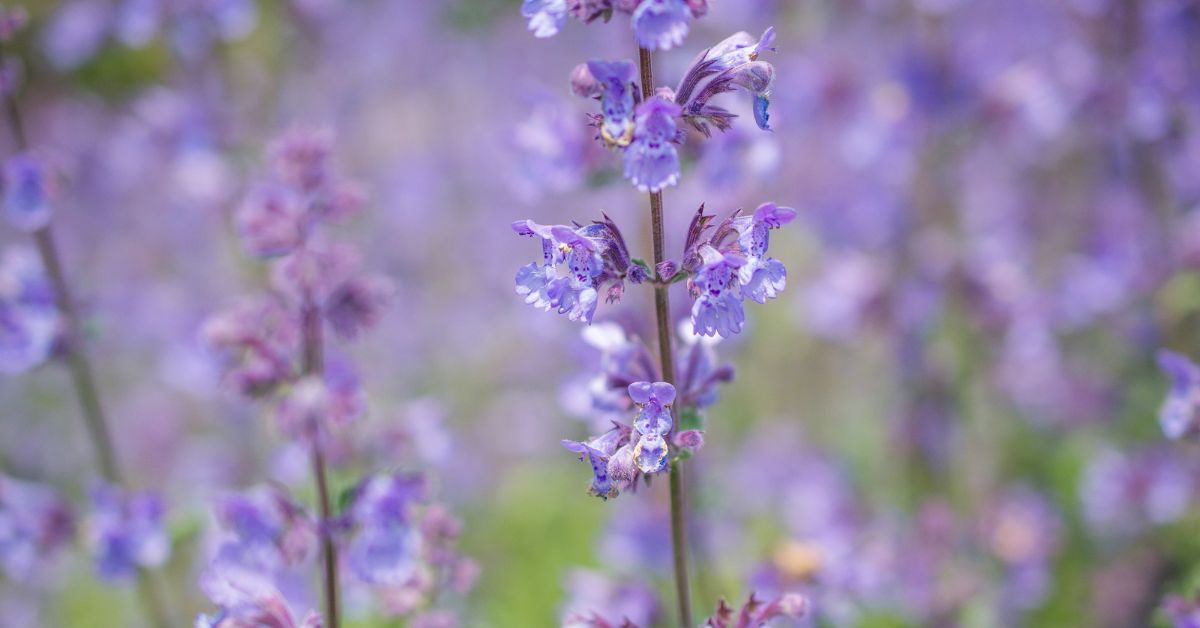
Catmints are popular with bees and other pollinators, and they provide a soft touch to cottage gardens. Nepeta Grandiflora, unlike other nepetas, has an erect habit and does not require staking.
Light pink blossoms contrast with fragrant, fresh green foliage on tall, straight stems of Nepeta Grandiflora ‘Dawn to Dusk.’ ‘Dawn to Dusk,’ like many other catmints, may appeal to cats, but if they eat too much of the leaf, it might upset their stomach.
Plant Nepeta Grandiflora ‘Dawn to Dusk’ in the midst of a border in well-drained soil in full sun to light shade. In the spring, lift and split dense clusters.
16. Zinnia
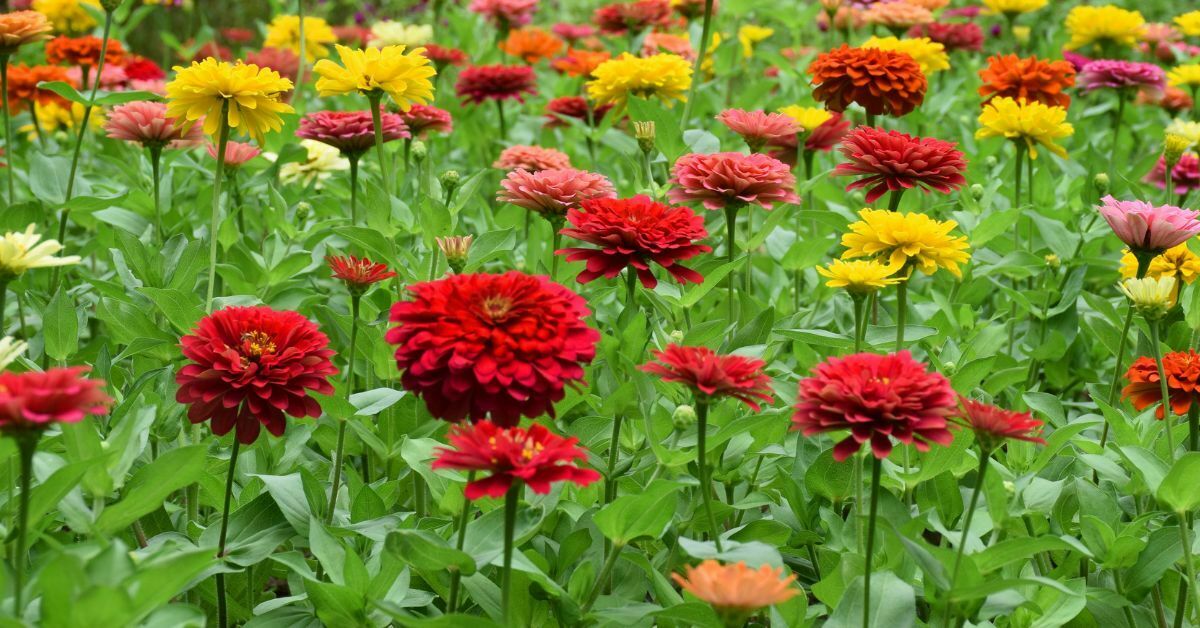
In vibrant tones of red, orange, white, salmon, and hot pink, these hardy annuals breathe new life into a tired landscape. Zinnias are hot and drought resilient, so they’ll keep blooming even if you don’t give them much attention.
Varieties to try include: Zowie Yellow Flame, Profusion Double Hot Cherry
17. Penstemon ‘Raven’
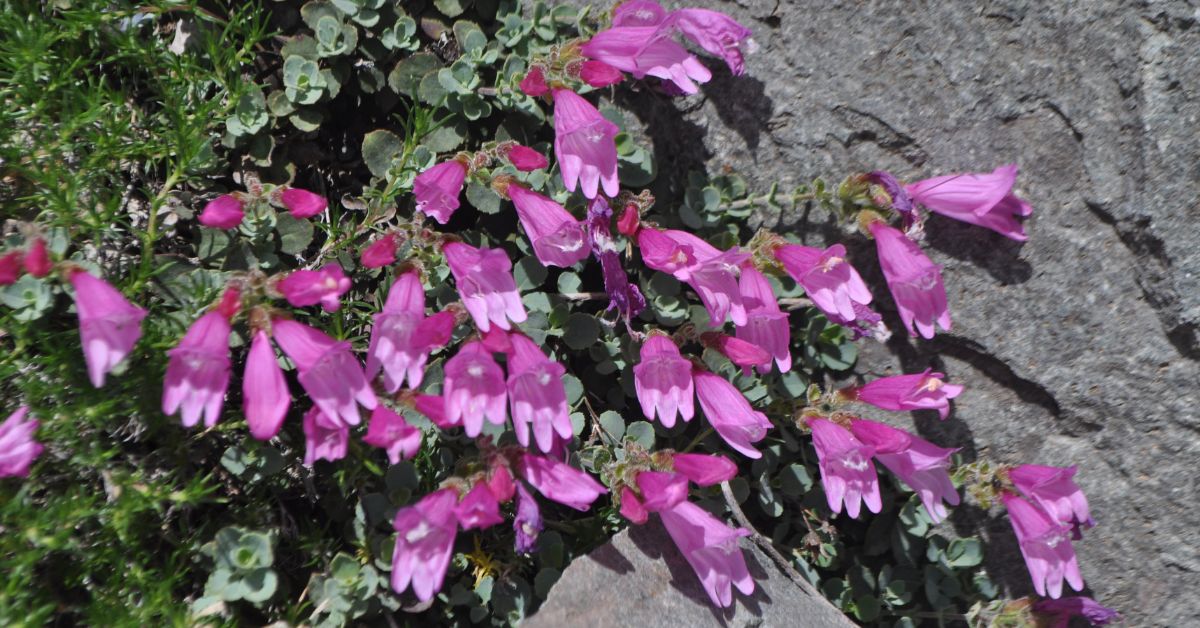
Among the many penstemon cultivars available today, this classic variety has weathered the test of time, and deservedly so. From July through September, the tubular, dark-purple blooms emerge, and their intensity contrasts nicely with vibrant reds like Echinacea ‘Tomato Soup’ or Achillea millefolium ‘Red Velvet.’
Strike semi-ripe wood cuttings and overwinter them in a frost-free place if your garden is in a cold climate to ensure years of garden performance.AGM. Height 20″-40″. Origin origins in the garden (species from America and Mexico). Conditions Full light; fertile, well-draining soil RHS H3, USDA 6a-9b hardiness Summer until the first frosts are expected.
18. Santolina chamaecyparissus ‘Pretty Carol’

Cotton lavender, or Santolina chamaecyparissus, is a Mediterranean shrub that grows into a tidy, spherical bush with finely split leaves. It’s great as a groundcover or to fill in gaps at the front of the border, and it also grows well in pots.
Santolina chamaecyparissus ‘Pretty Carol’ is a tiny cultivar of Santolina chamaecyparissus. It has vivid yellow pom-pom blooms in the summer, which contrast with silvery, scented leaves. Pollinators, such as bees find it very appealing.
For best results, grow Santolina chamaecyparissus ‘Pretty Carol’ in moist but well-drained soil in a sunny, sheltered area. Protect against winter frosts by growing in pots and bringing them indoors in the autumn in colder locations. The Royal Horticultural Society has given it the prestigious Award of Garden Merit.
19. Nigella papillosa ‘Delft Blue’
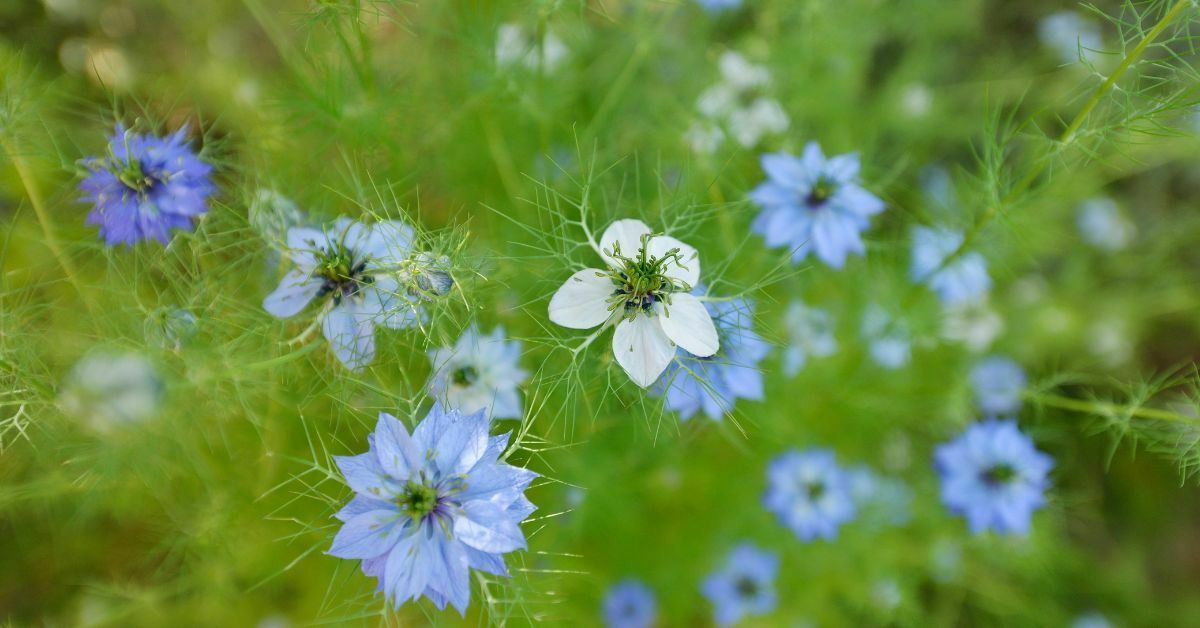
After trying Nigella papillosa cultivars, you might not want to go back to the more common Nigella damascena. The overblown blooms of the papillosa nigellas plant, as well as their accompanying seedheads, are both magnificent in their own right and look fantastic in borders.
The flowers are remarkable, featuring white and deep blue bi-colored blossoms on robust stalks. Nigellas can be seeded directly into a border or started in modules and then transplanted once the plants have grown large enough. Height 20 inches.
Origin origins in the garden (species from Spain and North Africa). Conditions Full sun; decent soil RHS H3, USDA 2a-11 hardiness. From a spring sowing, the season of interest is June, July, and August.
20. Stachys byzantina ‘Countess Helen Von Stein’

Lambs’ ears are a popular ground-covering perennial that is prized for its velvety, woolly leaves. The solitary wool carder bee, Anthidium manicatum, is attracted to plants because it collects fine hairs from the leaves to use as nesting material.
Stachys byzantina ‘Countess Helen von Stein,’ sometimes known as ‘Big Ears,’ has especially enormous leaves, up to 25cm long. It has subtle pink flowers that bloom in June and July but are largely hidden by silvery stalks and felty buds.
Stachys byzantina ‘Countess Helen von Stein’ is drought-tolerant once established, making it a wonderful option for a dry, sunny border or gravel garden. To reproduce plants, divide them as soon as growth begins in the spring.
21. Anise Hyssop
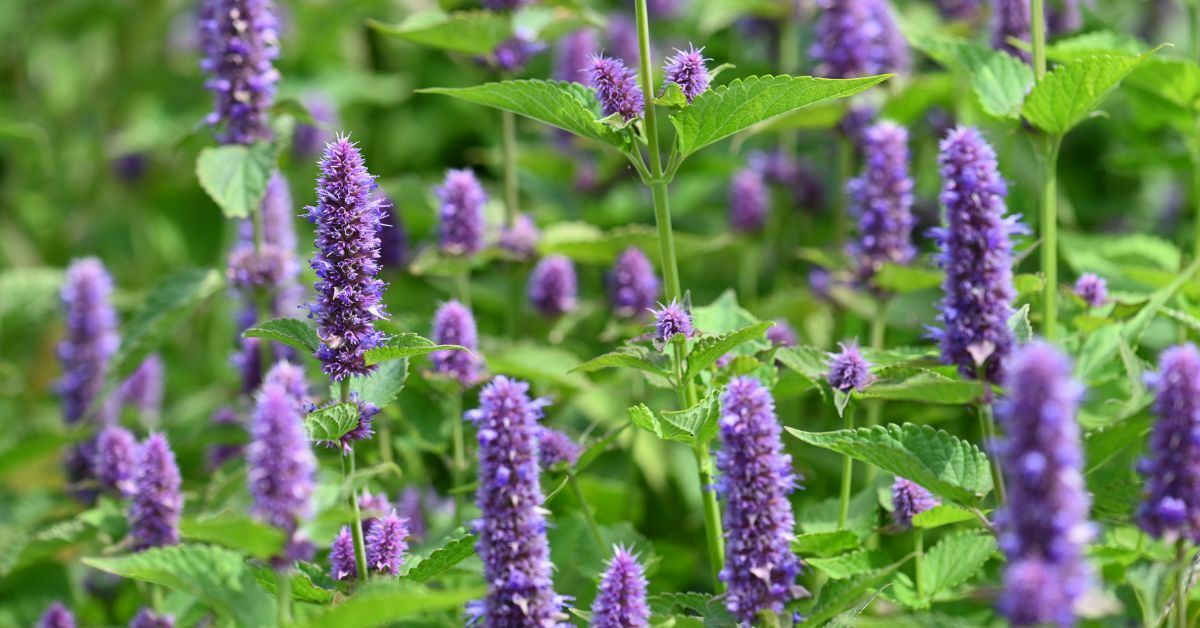
The licorice-flavored leaves of anise hyssop, an edible perennial plant native to North America’s midwest, are often used in teas. The plant is easily identified by its purplish-blue and purple flower spikes, as well as its characteristic minty scent. Weeds are a major threat to anise hyssop, so keep your growing beds weeded and trimmed.
22. Sedum brevifolium
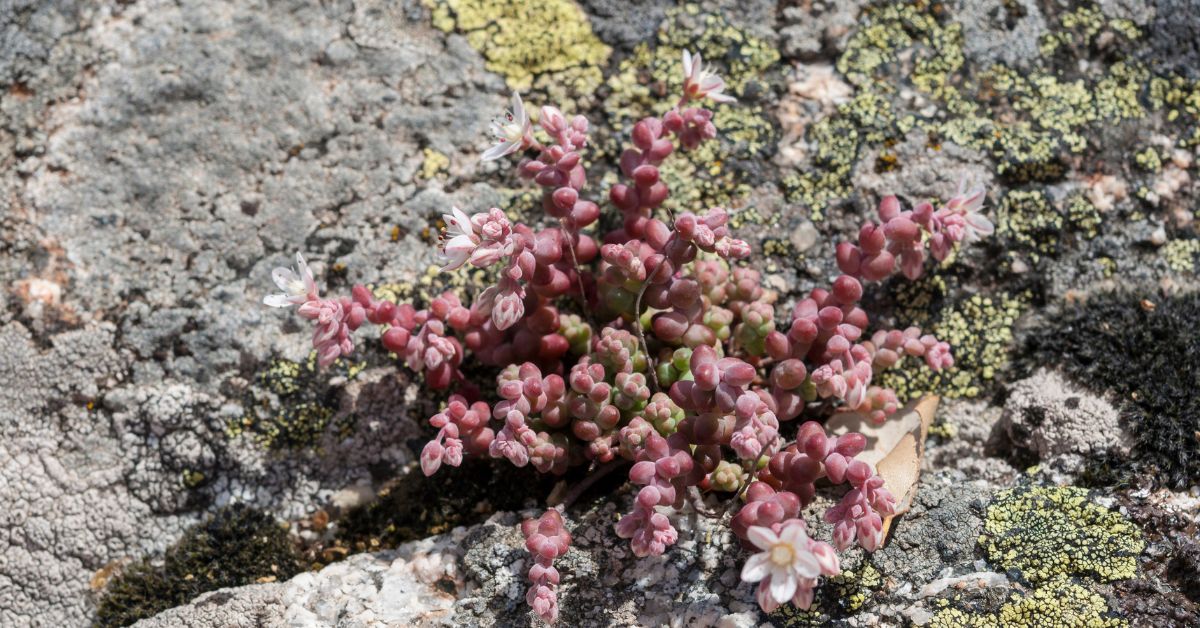
Sedum brevifolium is a little but lovely sedum with tiny, glaucous, succulent leaves topped with starry white blooms in the summer.
It looks fantastic in a container, rock garden, or the cracks and crevices of walls surrounded by stones or gravel, and it pairs well with other sedums. Midwinter is when Sedum brevifolium is at its best when its vibrant evergreen foliage stands out amid the other winter foliage plants.
In rock gardens or containers, grow Sedum brevifolium in full sun and well-drained soil. Planting in a region that will be too damp in the winter is not a good idea.
23. Verbena
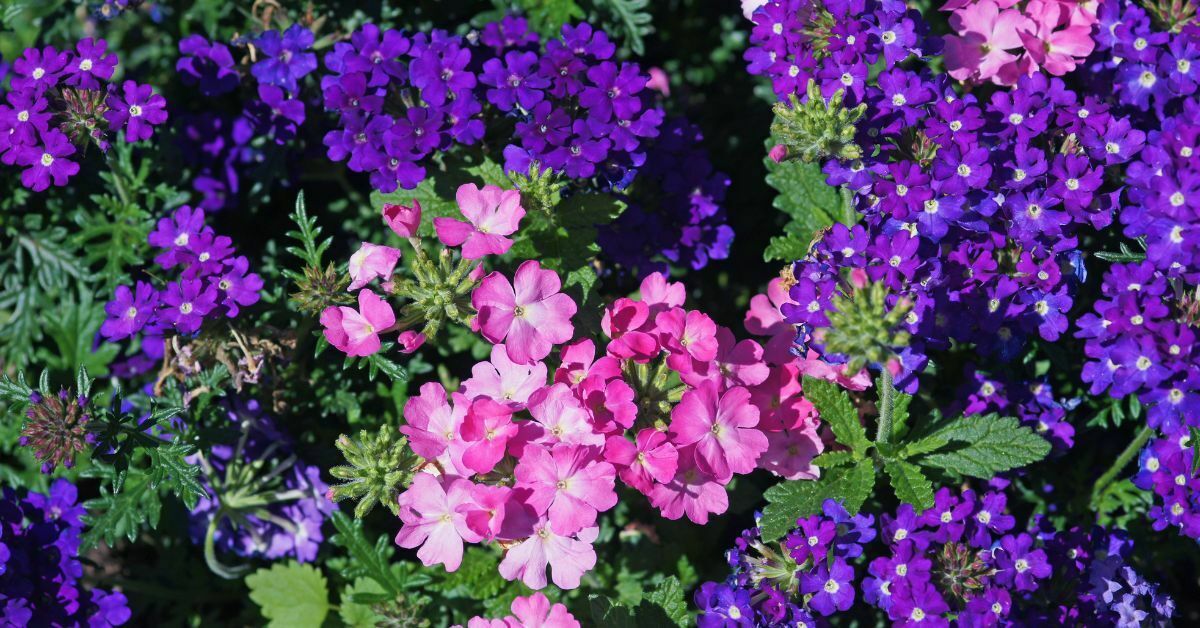
Consider growing verbena in your garden beds if you want to freshen them up in the midst of the summer. This beauty blooms throughout the season, even until early October. Both perennial and annual verbenas thrive in direct sunlight and rather dry soil, so they’re best planted in the garden’s brightest spot. Because these purple blooms develop swiftly, be prepared to trim your verbena every now and again to keep the blossoms blossoming.
24. Thymus citriodorus ‘Archers Gold’
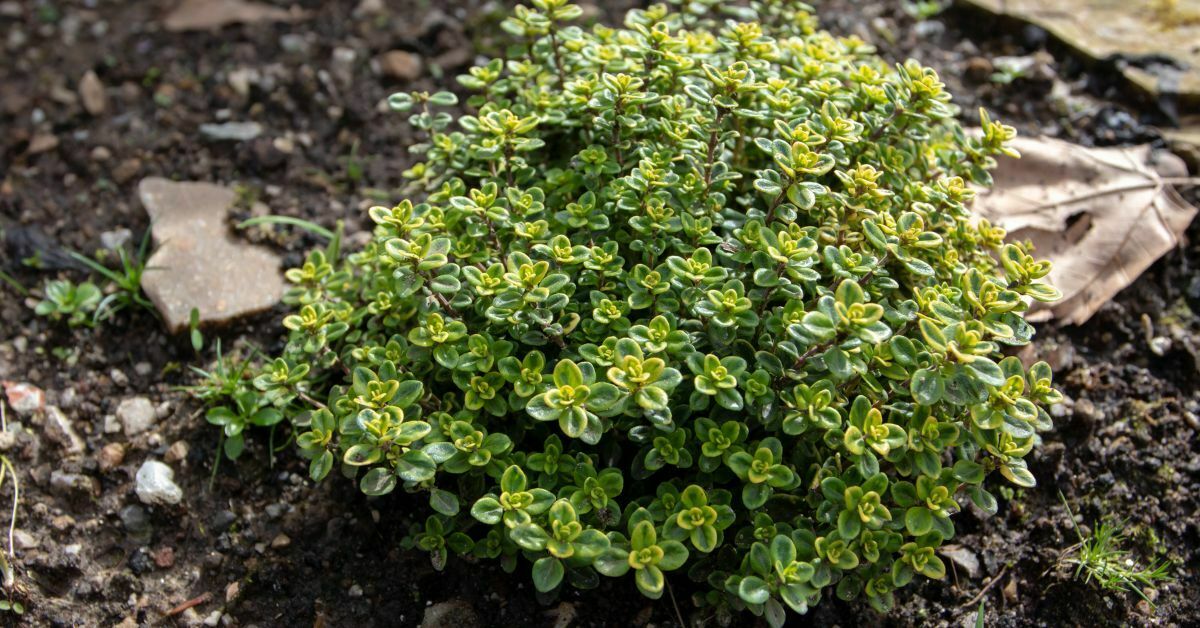
Thyme is a well-known and frequently used herb that is planted as a culinary plant as well as an alpine plant in rock gardens, patios, as a grass replacement, and even as path edging.
Thymus citriodorus ‘Archers Gold’ is mat-forming, lemon-scented thyme with golden-yellow-green leaves and pink flowers in the summer. It works well in a variety of foods, notably chicken and fish.
Thyme plants flourish in hot, dry weather, so put them in a shady place in full sun with well-draining soil.
25. Swiss Chard
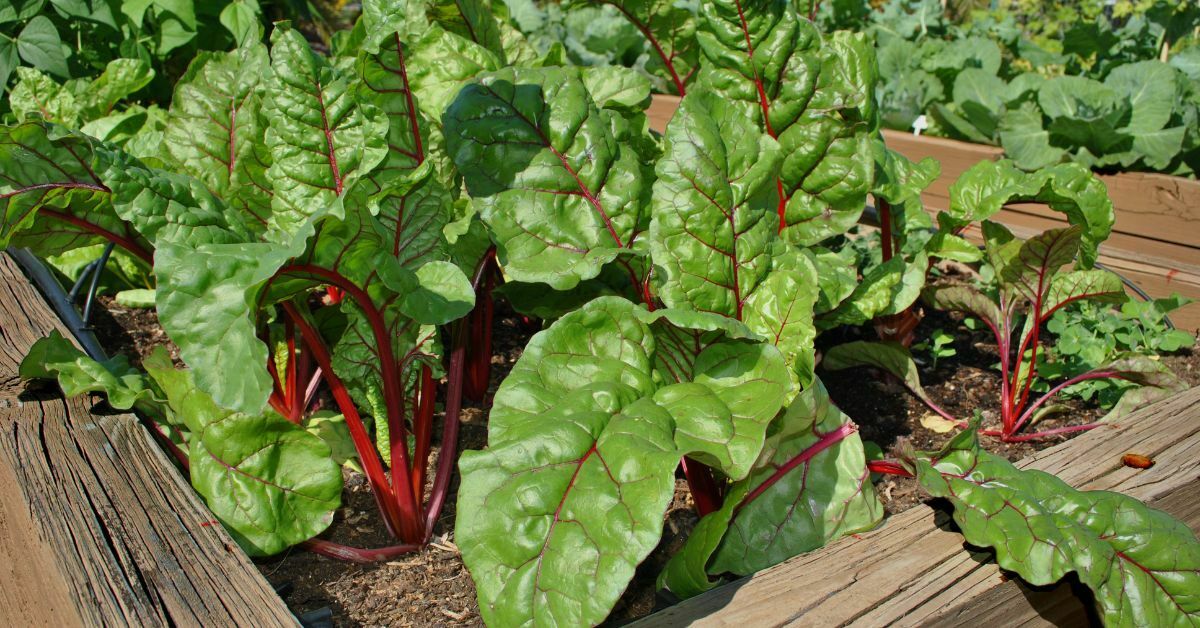
It is one of the edibles to plant in June. Starting to produce cool-season plants like a sturdy and tasty Swiss chard in mid-to-late July is perfect.
While these lush greens can tolerate chilly nights, for a productive fall crop, Swiss chard seeds should be planted at least 50 days before the first severe frost. Because Swiss chard is not drought-tolerant and needs moist soil, make sure to water your seedlings often throughout the seedling stage.
26. ‘Blue Lagoon’ Verbascum
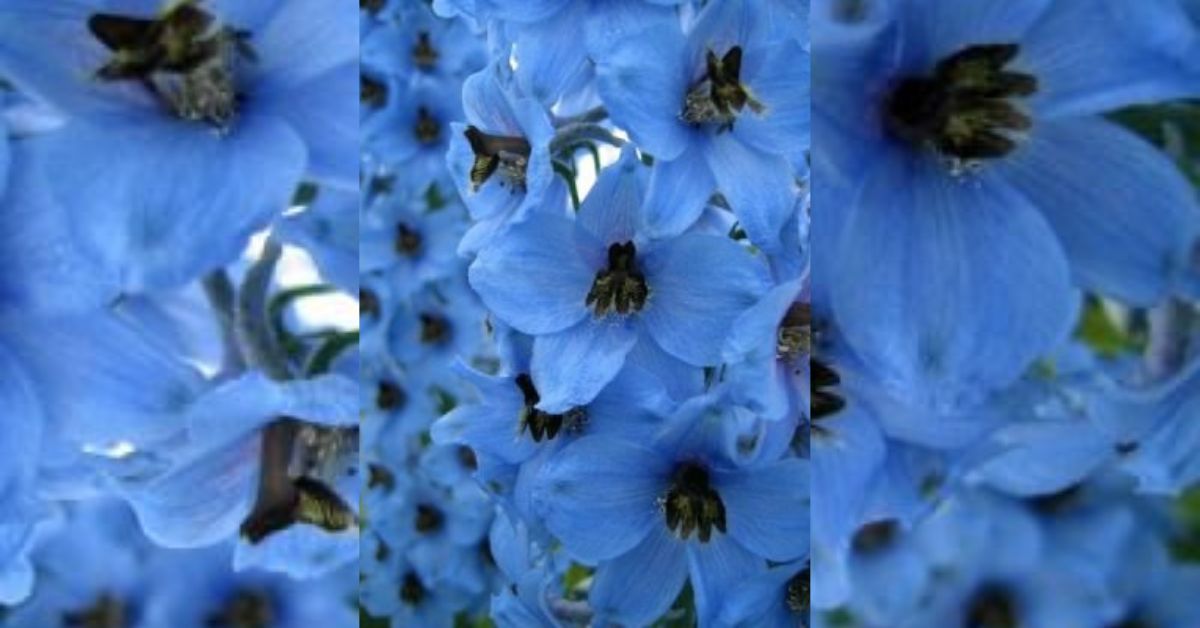
Drought-tolerant plants with felted, silver-grey rosettes of enormous leaves, Verbascum are eye-catching. If you are wondering what to grow in July, Blue Lagoon is one of the best options. In early to midsummer, tall, hairy flower spikes arise bearing wide-open, (typically) yellow blooms. Plants quickly self-seed.
Throughout the summer, the tall, upright spikes of Verbascum ‘Blue Lagoon’ are densely packed with little blue blooms with golden stamens. It’s easy to grow from seed and creates a dramatic show in the center to the rear of a multi-colored border or white bed.
For best results, plant Verbascum ‘Blue Lagoon’ in full sun or moderate shade in well-drained, neutral to alkaline soil. To extend flowering, cut old flowering stems to the ground level. Plants are the mullein moth’s larva foodplant, Cucullia verbasci, which produces unattractive holes in the leaf.
Cultivate towards the center of the border if feasible, so that other plants can hide the holey leaves or grow wild Verbascum nearby to move the caterpillars.
27. Gaillardia

Because of its propensity to reseed and spread its colorful, daisy-like blossoms around the yard, Gaillardia is known as the blanket flower. Warmer temperatures bring out the blooms of these native wildflowers, which remain until the first frost of the autumn season. Natural pollinators like hummingbirds and butterflies are attracted to the flaming red and yellow-tipped blossoms.
28. Dahlia ‘Gwyneth’

In July, dahlias of the waterlily kind make excellent cutting and garden topics because their long stems produce continuous blooming from summer through the first frosts. The blossom of ‘Gwyneth’ is a symphony of burnt orange, bronze, and yellow tones, which I find quite attractive.
To keep your dahlias in check, I recommend trimming stems to a vigorous pair of buds just as they open, a method called live-heading. This will boost blooming output and provide plenty of stems for cutting, as well as a well-presented garden plant. Height 1.5m.
Origin origins in the garden (species from Mexico and Central America). The soil must be fertile and well-drained, and it must be exposed to the sun. USDA 7a-10b, RHS H3 hardiness. From July until the first frosts, this is the season of interest.
29. Arugula
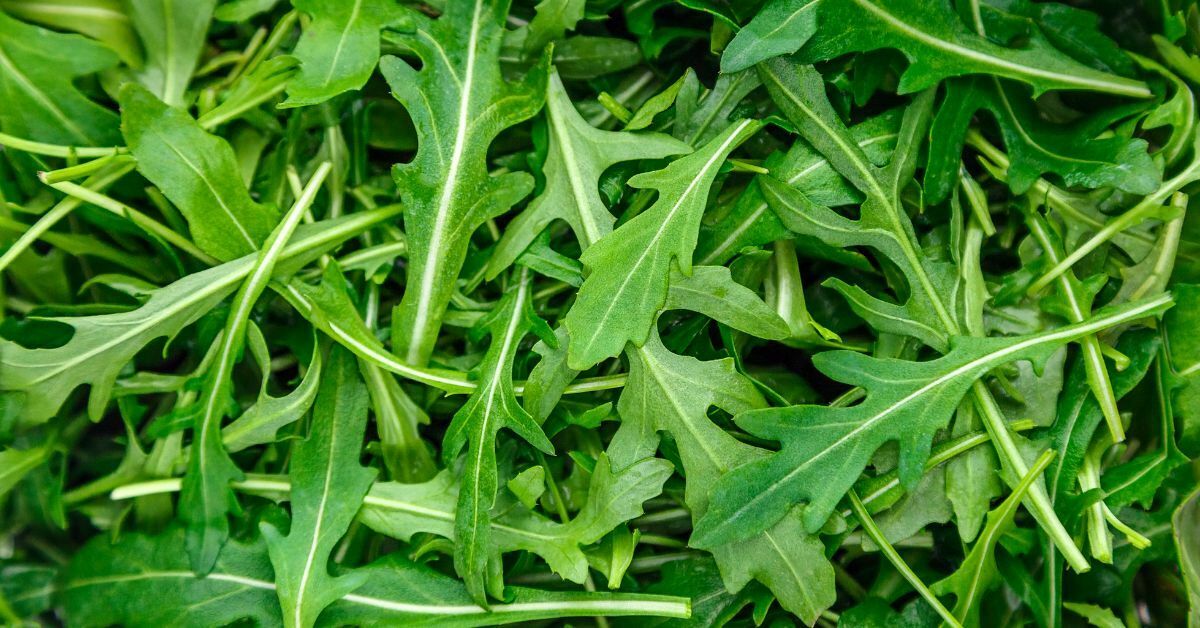
These spicy greens grow so swiftly that they’re usually ready to eat within a month after germination. That makes it one of the best vegetables to grow in July. Plant arugula in the shade later in the month to guarantee it grows in time for your October crop. Because arugula has such a little root system, it may be grown in smaller pots on a balcony or in a small garden space.
30. Lantana
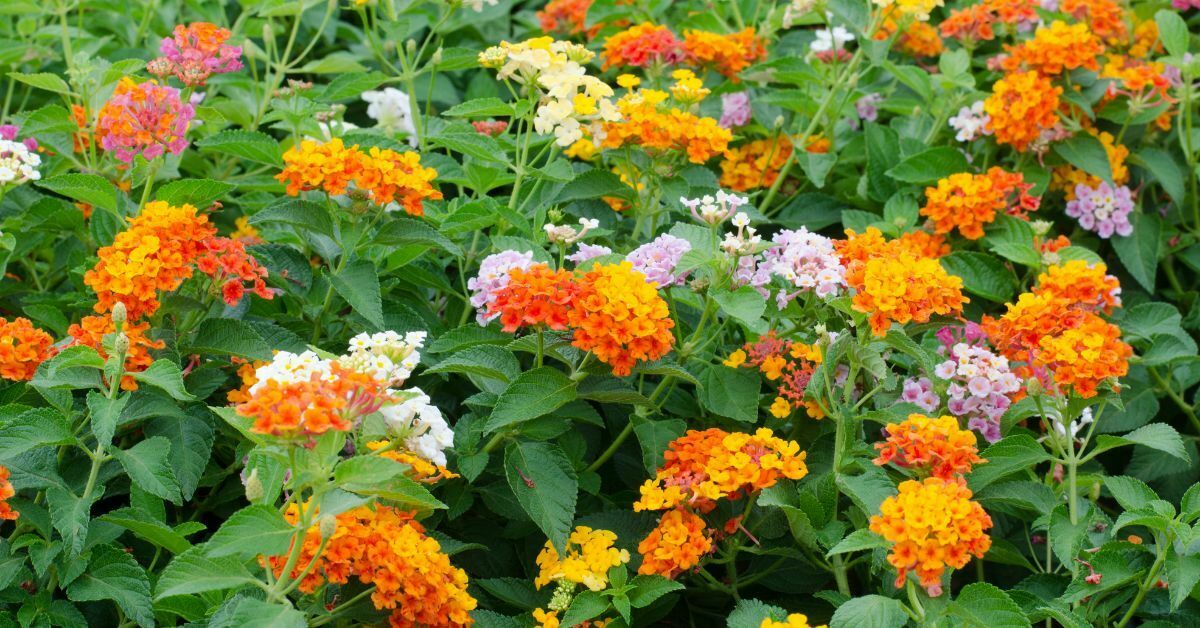
What can you still plant in July? Lantana is definitely in this group. Lantana plants are an unusual choice for hanging baskets over your outdoor living space. One of their distinguishing features is the distinct aroma that their blossoms and leaves emit, which attracts butterflies.
Lantanas should be wet at least once a week and enjoy at least six hours of direct sunshine each day. These blooming shrubs can acquire powdery mildew on their leaves if they don’t get enough sun.
31. Carrots

Carrots are one of the other edibles to plant in July, and they are usually planted in the early spring and mid-summer to provide a steady supply throughout the season. When planting carrots, make sure the soil is loose and sandy so the roots may develop without being obstructed. It’s also crucial to dig down at least 12 inches into the soil and sift it to remove any pebbles or clumps.
To get an abundant harvest, avoid using manure and fertilizer and instead use something like coffee grounds.
FAQ
What kind of plant is called a perennial plant?
A perennial plant, sometimes known as a two-year plant, is one that survives for more than two years. To distinguish a plant from shorter-lived annuals and biennials, the phrase (per- + -ennial, “over the years”) is frequently employed.
What are native plants?
Native plants (also known as indigenous plants) are plants that have evolved over thousands of years in a specific location, according to the EPA’s Green Landscaping Home Page.
They’ve adapted to the region’s terrain, hydrology, and climate. Native plants live in communities, which means they’ve developed with other plants, animals, and microbes. As a result, a landscape with a diverse community of native plants provides a habitat for native animals such as songbirds and butterflies.
But practically wherever I go, I see the same plants. Isn’t it true that most plants may be found across the United States?
Many plants may be cultivated in a number of locations around the country — and even the world. However, different cultures have different beliefs about what constitutes “good” gardening and landscape design.
The dominant ideas in the United States are of English and European heritage, leading to a tradition in which a great degree of uniformity and homogeneity in landscape design is desired.
As a result, hostas may be found in every garden from New York to Georgia, as well as lush lawns adjacent to houses in the Arizona desert and Norway maples shade playgrounds in the Great Plains.
On the other hand, people have traditionally grown plants native to their location to honor the environment in which they live. Native plants are frequently used in less formal, more natural designs.
Why would I want to include native plants in my yard?
Native plants may be grown in the landscape or in containers on your porch for a variety of reasons. While enjoying the year-round beauty and variety of native plants, you may save time and money on upkeep.
Native flora also attracts local fauna, including butterflies and various insects, songbirds, and turtles. (Wildlife species will vary depending on where you reside and what plants you grow.)
What are some of the best reasons to grow native plants in the landscape?
Native species are often hardy plants that require minimal (if any) upkeep since they are suited to a specific local environment.
Save time, money, and effort by avoiding the time, money, and work required to maintain a typical garden or yard. In comparison to a standard lawn, which must be mowed every week, a patch of the natural meadow may only require mowing once or twice a year.
Native plants in your yard give year-round color and textural variation. In all seasons, leaves, flowers, branches, and bark produce contrasts and beautiful designs.
Native plants supply wildlife with food, cover, and shelter.
Viburnum species endemic to Eastern Pennsylvania, for example, produce berries in the fall that are a favorite food source for a variety of birds — berries that are precisely the appropriate size for eating by the region’s native birds. The berries also contrast nicely with the flora in your yard or in a vase on your table.
Why would people want to have native plants in other areas?
Native plants can be grown on industrial campuses, schoolyards, and parks. For children and adults alike, a section of native meadow, woodland, or stream may create a tiny but interesting world to explore.
The desire to replace acres of grass with sub-regions of meadows, woodlands, or ponds might be motivated by a large reduction in maintenance expenses.
How do I know which species of plants are native to my area?
Because many landscapes in America have been transformed by human involvement over hundreds or thousands of years, this can be difficult (by Native Americans and, later, by European settlers).
Many plant species’ native geographic ranges may be unknown even to biologists. But there is assistance available! You can contact or visit native plant nurseries in your area. The Native Plants Society in your state or region is another useful resource.
Books on native plants can be found in many libraries and bookstores. On the Internet, search for “native flora” with a focus on your local location or region (for example, Middle Atlantic states, piedmont region).
You’ll discover a wealth of information and individuals ready to talk about it and help you with projects ranging from your own backyard to state and federal efforts once you start looking.
For your convenience, we’ve gathered a list of many Native Plant Societies and similar organizations. Please feel free to browse these websites and utilize their information to assist you in incorporating Native Plants into your landscaping.
